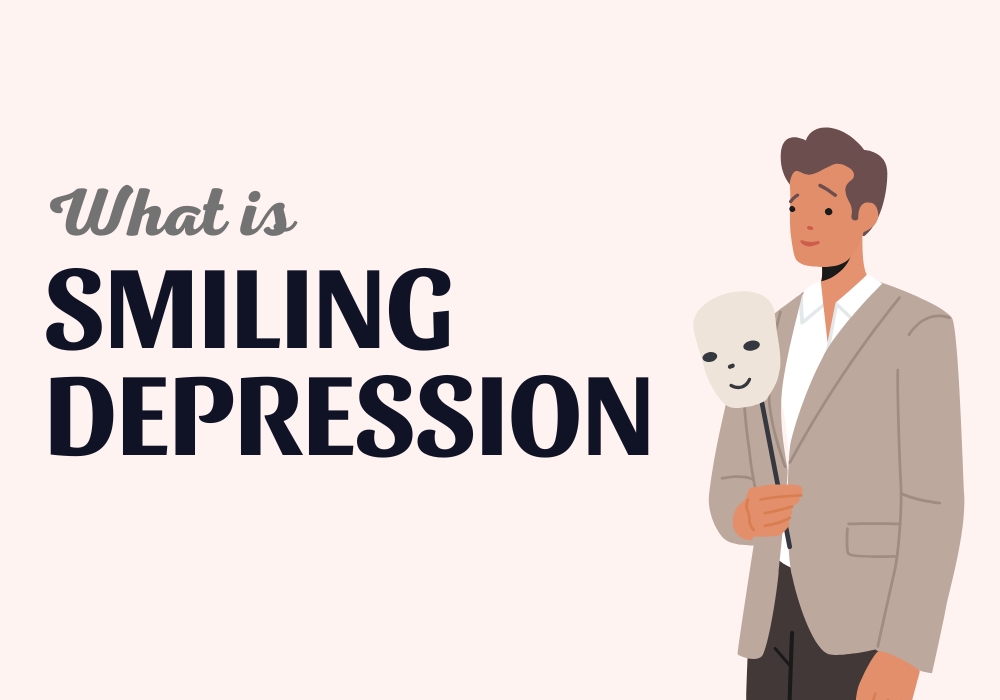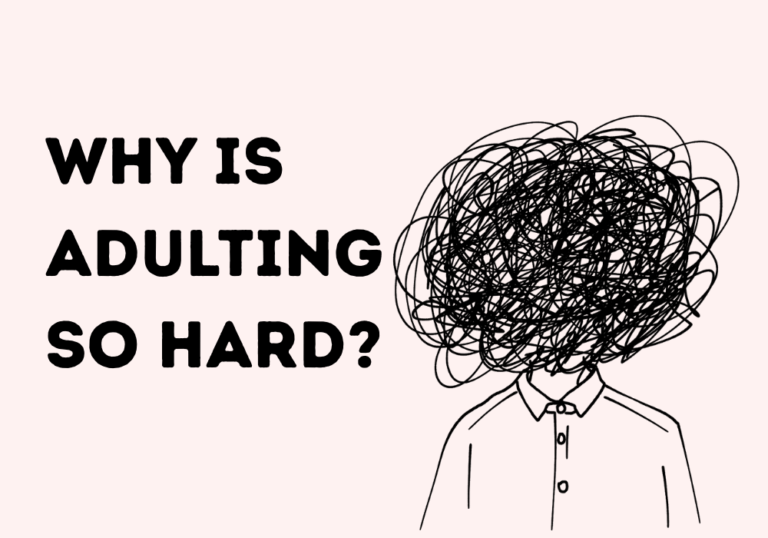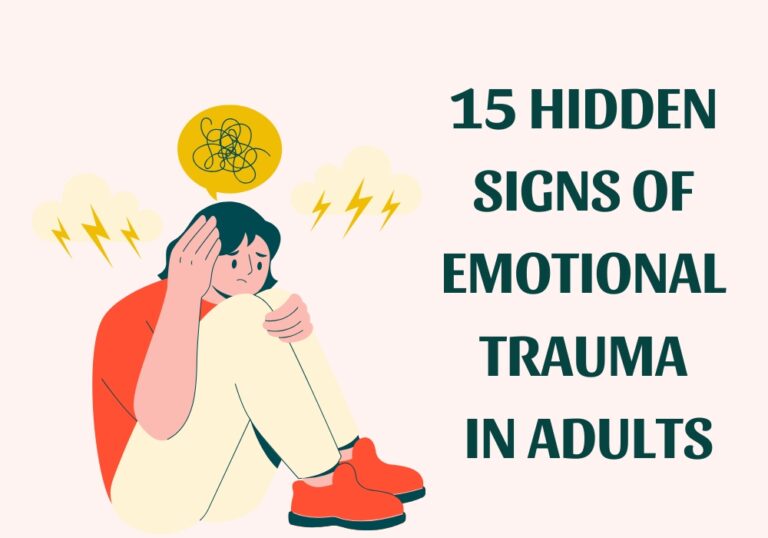Have you ever smiled through a tough day, even when your heart was heavy? You’re not alone. But what if that smile hides more than just a bad mood?
There’s a type of depression that wears a mask — one that laughs, works, and dances while silently suffering inside. It’s called smiling depression or “masking depression”, and it might be more common than you think.
In this post, we’ll explore: what is smiling depression, how it affects people, and why it matters.
If you’ve ever wondered, “Can someone seem happy and still be hurting?” — keep reading.
You might just find the answer you didn’t know you needed.
What Is Smiling Depression?
Smiling depression is a hidden form of depression, where someone looks happy, confident, and highly functioning outside, but seems deeply sad, hopeless, or exhausted inside. It’s like carrying a storm on your chest while showing the world only the sun.
Unlike regular depression, which can have a noticeable effect on a person’s behavior, someone experiencing smiling depression does not appear sad to others. They get up, go to work, laugh at jokes, and appear “fine” to everyone around them. But behind the smile, they may be battling major depressive disorder (MDD) with atypical features or persistent depressive disorder.
Although it’s not an official diagnosis in the DSM-5, smiling depression is increasingly recognized by mental health professionals for how common and dangerous it can be. Because the signs are so well-hidden, it often goes unnoticed and untreated.
“The most dangerous kind of depression is the one wearing a smile.” – Dr. Gail Saltz, Psychiatrist.
Related: What You Need to Know About “Smiling Depression”
The Hidden Symptoms of Smiling Depression:
How do you know if you, or anyone else, may be experiencing smiling depression? Here are some common signs to be observed:
- Always appearing optimistic, even in difficult times.
- Avoiding deep conversations about feelings or fights.
- Keep a crowded schedule to distract from the inner pain.
- Laughing and socializing as they feel empty inside.
- Feeling oppressed or exhausted, although it seems to be in control.
- High function at work or school, but emotionally drained.
- Concealing emotional pain with laughter or sarcastic jokes.
- Extreme sleep, either insomnia or hypersomnia.
- Feeling hopeless or useless, but not showing externally.
- Neglect personal needs to put others’ requirements first.
- Smiling in public, crying in particular.
- Being afraid of being judged or rejected when true emotions come to light.
- Experience humor dive when alone or during quiet times.
- Managing overwhelming feelings by indulging in food, stimulating drugs, or physical activity.
- Having intrusive thoughts or persistent doubts.
Keep in mind: Not everyone shows the same signs. Some people cry secretly, others never let a tear fall, some stay busy to avoid sitting with their thoughts, and others isolate completely. The key is to notice patterns, especially if those smiles don’t match how the person truly feels.
What causes smiling depression?
Smiling depression may seem different from person to person, but its roots are intertwined with emotional, physical, and environmental factors. Although there is no unique cause, experts believe that many things can contribute to this hidden form of depression.
Let’s explore some of the most common causes:
1-Social pressures and stigma:
A big reason why this happens is social pressure. We often learn that showing emotions is a sign of weakness, or that being sad leaves others uncomfortable. At work, in relationships, and especially in social media, there is pressure to “maintain appearances” and remain positive, no matter what.
Smiling depression often causes individuals to suppress their true feelings, fearing they would be labeled as ungrateful or lose respect for being vulnerable. Rather than reaching out for help, they choose to mask the pain behind a smile.
2-Unresolved trauma:
Smiling depression usually stems from unresolved trauma or chronic stress. Many people learn to hide their emotions from the beginning, especially if they grew up in environments where vulnerability was insecure, ignored, or punished.
Assuming roles such as “the peacemaker” often leads the individual to put their needs aside to care for and protect others. Over time, this emotional masking becomes habitual, especially in those who experienced childhood abuse, neglect, or loss.
Related: 23 Signs of Repressed Childhood Trauma in Adults
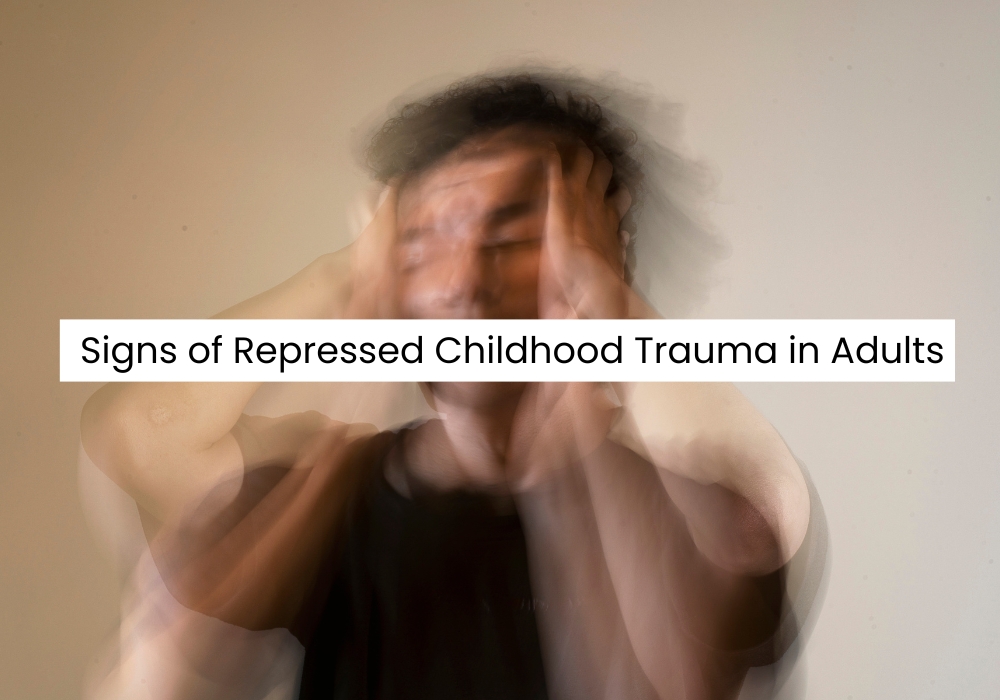
3-Perfectionism and unrealistic Standards:
Perfectionism can be a hidden contributor of smiling depression. In a world that glorifies success and constant achievement, many people feel that they should always be “on”, however exhausted or overwhelmed inside.
Those who fight with smiling depression usually bind to the performance, productivity, or approval of others. They can believe that anything less than perfect is failure — and that showing sadness or struggle makes them weak.
This mindset leads to constant self-comparison, especially in the age of social media curated, and creates the fear of disappointing others. Over time, these expectations transform into an outer layer that conceals turmoil—self-doubt, emotional distress, and pain- behind a smiling and polished facade.
Related: How To Overcome Perfectionism in 10 Tips
4-Personality Traits:
Some personality traits can make a person more vulnerable to smiling depression, especially when combined with stress or emotional pressure.
If you’re someone who cares deeply, hates letting others down, and tries to be everything to everyone, it might feel natural to hide how you really feel. Maybe you’ve always been the strong one, the problem-solver, the fixer, the one people rely on. So even when you’re struggling, you keep going. You smile, show up, and set your pain aside.
In the absence of clear boundaries and emotional support, this perpetual self-neglect may result in concealed fatigue and sadness, hidden behind a smile that says, “I’m fine,” while deep down, it is not.
Related: personality
5-Lack of support and communication:
Not having a strong support system or a safe space to talk can make it easier to hide what you are really feeling. When you do not feel heard or understood, putting on a mask begins to look like the only option.
6-Biological Predispositions:
Like any other type of depression, smiling depression is not only what has occurred in your life — it can also transpire from something even deeper, such as biological roots.
Some individuals may be genetically prone to mood disorders, which causes them to be more sensitive to emotional changes. Brain chemistry also plays a role, and can affect the imbalance in neurotransmitters such as serotonin and dopamine, how we regulate our mood, and deal with stress.
Hormonal shifts and even inflammation in the body can affect how the brain processes, sometimes making it harder to manage sadness, anxiety, or fatigue, no matter how strong someone appears on the outside.
7-The Pressure to Be “The Strong One”:
Many of those who suffer from this kind of depression are the same ones that everybody turns to for emotional assistance, financial, mental, etc. So in their minds, they feel responsible for keeping it all together, and this burden causes them to hide their struggles, which continues to maintain the image of strength, and the emotional pain is suppressed.
8-Micro-Traumas and Emotional Exhaustion:
Unlike a major traumatic incident, micro-traumas—like constant criticism, repeated disappointments, or emotional neglect—may slowly wear down an individual’s spirit. Over time, the events accumulate, quietly feeding the phenomenon of smiling depression, while the person goes out of their way to continue as if all is well.
Related: What Are The 5 Stages Of PTSD: All What You Need to Know
Related: What Are the 17 Symptoms of Complex PTSD?
Related: 7 Stages of Trauma Bonding: Effects, Causes & How to Heal
Why Smiling Depression is Particularly Risky?
1-Delayed Diagnosis:
One of the major risks associated with smiling depression is that it is usually not detected for long-periods. As the individual appears to be working well and maintains positive behavior, their friends, family, and even healthcare providers may overlook the signs of depression. This can delay diagnosis and treatment, leading to more serious mental health problems on the line.
2-Social isolation:
Individuals with smiling depression may feel isolated and alone in their fights. Since they put a brave face to the world, they may not feel comfortable opening up about their true emotions and seeking help. This can lead to an increase in feelings of loneliness and alienation, which can further worsen their mental health.
3-Masking symptoms:
Individuals with masked depression can hide their true feelings, even from themselves. They can set aside their emotions and put on a happy face, refusing to recognize their struggles. This can lead to a disconnection between their external appearance and internal turmoil, making it difficult to approach and manage their mental health problems.
4-Increased Physical Health Risks:
Smiling depression not only causes great tension in your mind, but it can also wear out your body. The recurring feeling of acting as if everything is well, while you are struggling and fighting inside, creates chronic stress, which accumulates silently over time.
This emotional pressure can express itself in very physical ways, like insomnia, fatigue, headaches, tension, or stomach aches. You may also notice that your immune system feels weaker than it did before, or you may be dealing with other stress-like symptoms, such as chest pain or high blood pressure.
It is a reminder that emotional pain, even when hidden behind a smile, can have a serious price in your health and overall well-being.
5-Strain on Relationships:
Even when someone looks right outside, this depression can silently damage their relationships. When you are constantly hiding as you really feel, it’s hard to connect with others in an honest and significant way.
Over time, this emotional distance can result in trust issues. People close to you may feel that something is wrong, but there is no way to fill this distance. Intimacy is lost, and unmet needs become a silent resentment of both the fighting person and those around him.
The smile can protect others from worry, but it also creates a wall that keeps the real connection out.
6-Risk of Suicide:
One of the most painful truths about smiling depression is its link with a higher risk of suicide. Outside, everything can seem perfectly well — these individuals may seem successful, sociable, and full of life. But inside, they are quietly fighting overwhelming emotional pain.
What makes depression smiling especially dangerous is the combination of deep inner suffering and external functionality. Unlike those whose depression visibly drains their energy, people with smiling depression usually have enough strength to make harmful thoughts, without lifting red flags.
Since their pain is hidden behind a smile, they are usually not treated and go unnoticed. And the pressure to keep pretending that everything is well just makes it harder to seek help.
That’s why it’s so important to check in about people who always seem well. Sometimes, those who keep everything together for everyone else are the ones who need the most support.
How to Heal and Support Others:
If you or someone you know is dealing with smiling depression, here are some gentle steps to begin healing:
1-Taking Off the Mask (Start Talking):
Opening up about your true feelings can be frightening, but it is also one of the most impactful steps you can take toward healing and emotional growth.
You don’t have to tell everything all at once. Start small. Say something like, “I haven’t been feeling like myself lately,” to someone you trust—a friend, a family member, or a therapist. That one honest moment can bring huge relief.
Recovery from smiling depression is about learning to be real with yourself and others. It means:
- Start with small disclosures in safe relationships.
- Naming your emotions without shame.
- Develop comfort with imperfection and humanity (Letting go of the need to seem perfect.)
- Redefine strength to include emotional honesty.
- Celebrate authentic self-expression as progress.
“The willingness to show up changes us. It makes us a little braver each time.” — Brené Brown
2- Keep a Journal:
Writing down your thoughts can help you understand your emotions better.
Try writing each morning or before bed — just to release what’s inside.
3-Practice Self-Care:
Simple routines like taking a walk, drinking water, or getting sunlight can help boost mood.
You don’t have to fix everything at once — small steps count.
Some Lifestyle Adjustments:
| Approach | Benefits | Practical Tips |
| Regular Exercise | Releases endorphins, improves sleep, reduces anxiety | Start small with 10-minute walks; find activities you enjoy |
Nutrition | Stabilizes mood, provides energy, supports brain health | Focus on whole foods, omega-3s, regular eating patterns |
| Sleep Hygiene | Restores emotional regulation, improves cognitive function | Consistent sleep schedule, screen-free hour before bed |
| Mindfulness Practices | Reduces rumination, increases self-awareness | Start with 5-minute daily practice, use guided apps |
| Stress Management | Prevents symptom escalation, improves resilience | Identify triggers, develop specific coping strategies |
Related: 9 Types of Self Care Everyone Needs to Practice
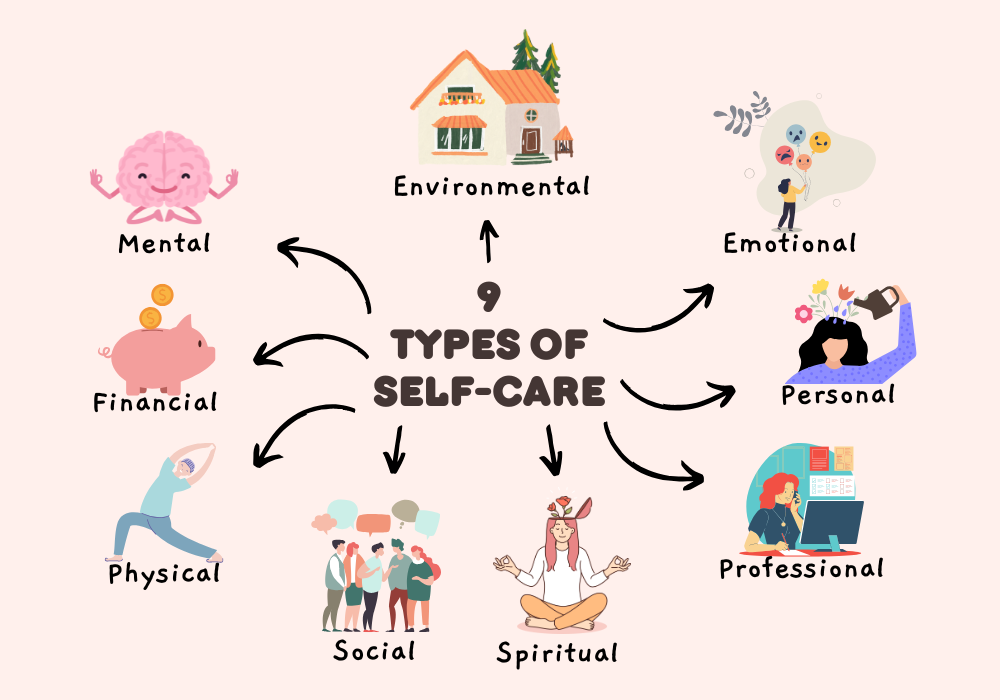
4-Set Boundaries:
If you feel pressured to always be “on,” it’s okay to say no.
Rest is not laziness — it’s healing.
Related: 7 Tips for Saying No Effectively
5-Seek professional help:
Professional intervention becomes essential when symptoms interfere with daily functioning or when suicidal thoughts are present.
Treatment options usually include:
- Medicine.
- Psychotherapy (various types, including cognitive, psychodynamic, or interpersonal).
- Stress Management Techniques.
Remember that the 988 Suicide and Crisis Lifeline provides immediate support — call or text 988 for free, confidential help available 24 hours a day, 7 days a week.
Keep in mind: Asking for help is a sign of strength, not weakness.
Related: Understanding The 8 Different Types of Depression
Conclusion:
If this sounds like you—smiling on the outside but struggling inside—please remember: you are not alone. Smiling depression is real, and it’s more common than you think.
Many people hide their pain to avoid judgment, to protect others, or simply because they don’t know how to ask for help.
Seeking help does not equate to being weak. Seeking help indicates that you are prepared to take proactive steps toward improving your well-being, mental healt and feeling better. Reach out to someone you trust. Speak to a mental health professional. Even a small step counts.
With the right support, healing is possible.
FAQs
Is smiling depression just “being sad”?
No. Smiling depression involves clinical depression symptoms that meet diagnostic criteria for major depressive disorder or persistent depressive disorder, but with the distinguishing feature that the person conceals these symptoms behind a functional, often cheerful facade.
What are the key signs of smiling depression?
Smiling depression happens when someone looks happy on the outside but is struggling inside. Common signs include changes in sleep, constant tiredness, losing interest in things they once enjoyed, and feeling empty even when life seems good .
Physical symptoms like headaches or body aches with no clear cause may appear, and small behavior changes—like being more irritable or having trouble focusing—can also happen.
Why do people hide their depression behind a smile?
People often conceal their depression because they fear being judged or seen as weak, and they may worry about how others will perceive them . Many don’t want to be a burden to family and friends , while others distrust how they might be treated by medical professionals or avoid the idea of therapy . Cultural expectations to appear strong and resilient, along with personal pressure to maintain a positive image, also play a role in hiding true emotions . Some even believe that smiling and pretending to be fine is an easier way to cope with their feelings, though it can be risky .
Is smiling depression more common in certain people?
Research suggests it may be more common in people with high-achieving personalities, those in helping professions, individuals from cultures that stigmatize mental health issues, and people with histories of having to be “the strong one” in their families or social circles.
How is smiling depression different from typical depression?
The primary difference is in presentation. In typical depression, symptoms like social withdrawal, visible sadness, and reduced functioning may be apparent to others. In smiling depression, the person maintains normal or even high functioning while concealing their internal experience of depression.
Are there lifestyle changes that help with smiling depression?
Yes! Regular sleep, healthy food, movement, and mindfulness can all support mental health.
Should I talk to someone if I suspect I have smiling depression?
Absolutely. Sharing your feelings is the first step toward healing
What steps can someone take if they think they have smiling depression?
If you suspect you have smiling depression, start by acknowledging your feelings and seeking a medical evaluation to rule out physical causes. Consider consulting a mental health professional for proper diagnosis and treatment. Engaging in meaningful activities, practicing mindfulness, and creating a support network can also be beneficial steps towards healing.
How can you help a loved one who may be experiencing smiling depression?
To support someone with smiling depression, reach out directly and express genuine concern. Create a safe, non-judgmental space for open conversations, and listen actively without rushing to solve problems. Offer practical support like accompanying them to appointments or simply being present. Encourage professional help if symptoms interfere with daily life or if suicidal thoughts are present, and remind them that recovery is possible with proper support and treatment.

